Employers have been struggling to find the best way to provide affordable health benefits to their workers for many years now. One promising option, especially for those with smaller workforces, is to offer insurance through multiple employer welfare arrangements (MEWAs) and association health plans (AHPs).
The idea behind MEWAs is to bundle small groups into a larger community, thereby spreading risk over a larger and more diverse pool of covered individuals. It’s the same principle large employers benefit from by way of lower insurance premiums.
If your small business is looking for cheaper healthcare options, MEWAs and association health plans may be good options for you to investigate.
What is a MEWA?
MEWA stands for multiple employer welfare arrangement, but is also sometimes referred to as a multiple employer trust (MET). MEWAs allow small employers to essentially team up to create a larger pool of employees to capitalize on the economies of scale that larger employers enjoy. This could mean as few as two employers in the group, or as many as deemed necessary to form a large enough employee pool.
Each employer gets a say in plan design, as well as plan offerings. If one employer has an older population who prefers more traditional plans, they can request such for their workforce. If another employer has a younger workforce for whom high deductible health plans would be more appealing, they could request more consumer-driven healthcare options for their employees. With these groups banded together, the premium costs should be lower than if each employer tried to get insurance on their own.























